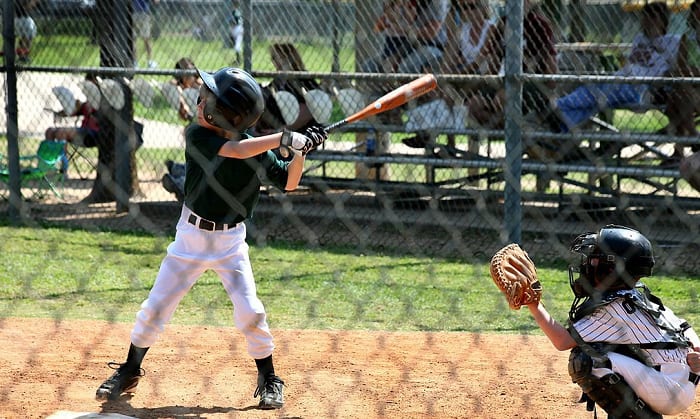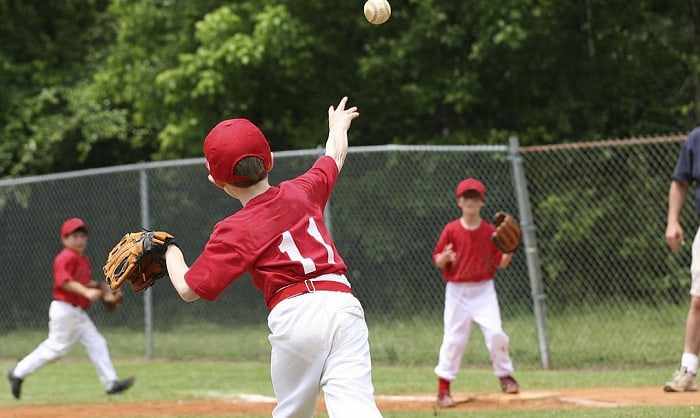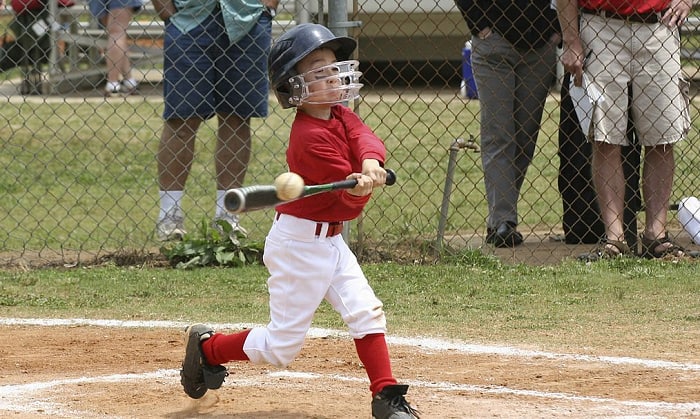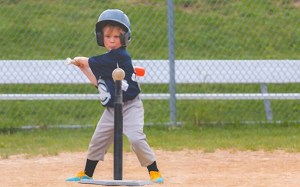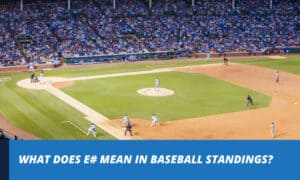Seeing their kids play baseball is every parent’s pride and joy. Whether they are playing in a tee-ball, minor league, or the little league intermediate, kids bring the promise of the future in baseball with them.
But even before pouring out all efforts to sign their kids up for the little league, parents are to know the answer to “when does little league baseball start”?
Scroll down to find out.
Contents
When Does Little League Baseball Start
The Little League baseball season starts in March. The final games of the league will be held around the last week of May. On Easter, which overlaps the season, all teams will have one week off as a short break.
And, upper divisions will be held until the end of June or lasting until July.
This year, the opening schedule of the little league baseball happened on March 5, 2022, Saturday. Meanwhile, registration began last December 2021.
What Is the Little League Baseball
The Little League Baseball is part of a bigger organization called the Little League that includes softball.
The Little League hails as a non-commercial organization (for boys and girls) that manages youth softball and baseball teams, players, and leagues across the U.S. and the world.
The 501(c)(3) association governs the rights and policies of the said organization, including the answer to “how long are little league baseball games?”.
Based in Pennsylvania, Little League was established in 1939 by a person named Carl Stotz.
In this article, we will focus mainly on Little League baseball.
When Do Kids Start for Little League Baseball
That depends on the age requirement per division.
Here are the divisions in little league baseball (based on rage ranking):
1. Tee-Ball
The Tee Ball program or division acts as the foundational period for the kids aged 4-7.
For this reason, this division seeks to empower coaches (usually volunteer parents) by providing them with all necessary amenities, training programs, and modules.
And so, the Tee Ball came up with the comprehensive 10-week Tee Ball curriculum. The curriculum encourages volunteer coaches to learn, unlearn, and re-learn tasks to prepare kids for the intricate world of baseball.
The program envisions a fun, comprehensive, and foundational learning context for the kids.
As implicated in the curriculum, the kids, after the training, are to play for one actual season.
Afterward, the tee-ball league officials and the board of directors will look into their performance and decide whether they are ready to proceed to the next division.
2. Minor League
The Minor League covers kids from 5-11. Consequently, it is not deemed a hard-lined border in terms of age.
The Minor League, at times, overlaps with Tee Ball, depending on the experience and skills gained by the child.
This phase recognizes two types of ages of the player: the league age and the kid’s actual age.
Like the Tee-Ball, the Minor League centers on the role of parents and guardians as volunteer coaches, as this phase serves as the semi-transitional period for skill-learning and game exposure among kids.
To do that, the program divides itself into smaller divisions- coach pitch (minor B), machine pitch, and player pitch (minor A).
- Among the three, the machine pitch trains the younger ones between seven to twelve years of age.
- Thus, the machine pitch division encompasses all divisions from the Tee Ball to the Little League Major Division.
- Kids exhibiting a league-age bracket of five to eight may opt to join the coach pitch division.
Some kids may even loosen the pace and decide to go to and fro between the Tee Ball and the Minor League. And that should be fine. The Little League organization encourages parents to allow their kids to gather as much experience as possible.
Kids who have played one season (a year) in Tee Ball and are entitled to proceed to the next phase, start officially in the Minor B division.
Those who matured (based on league and actual age) in the Minor B division, ideally with ages nine to ten, might proceed to the minor A division.
But again, the young players might go up and down across these divisions depending on the evaluation (rules) by the league officials.
Young players may participate in tournaments around this phase.
3. Major Division
The Major Division comprises ages 9-12. Depending on the local league decision, a major division roster may include a ten-to-twelve bracket or an eleven-to-twelve.
The players under this division may also have the opportunity to be signed up for an all-star team.
The league officials deciding may opt to designate the players for an international tournament.
Now, these designated players eventually become regular youth baseball season players.
And once they gain regularity and become competent for an international tournament, they can opt to have two rosters- the Major and Intermediate Division.
However, they can only play for one division in a tournament season as imposed by the local league policies.
Winners of the international tournament can proceed to the Little League World Series.
4. Intermediate
The Intermediate Division (50/70) focuses on players aged 12 to 13.
Consequently, this division acts as a transitory curriculum following the little league major division with players 11 – 13 years old.
To introduce players into the program, league officials use a field with a pitching distance of 50 feet each. The distance between base paths marks 70 feet, which explains the division’s name.
Like the Major Division, the Intermediate Division also entitles players to international tournaments and World Series events.
5. Junior Division
The Junior Division gathers players between the ages of 12 to 14.
Regular seasons in this division utilize a bigger diamond field size, ideally 90 feet. Pitching distance for each takes 60 feet and an additional 6 inches.
The placement of the diamond can change depending on league preference.
Like the Major Division, this division may produce an all-star team of twelve to fourteen-year-olds that may contend for the International tournament and thus proceed to the Junior League Baseball World Series.
6. Senior Division
The Senior Division operates with similar regulations to that of the Junior Division.
The only difference it holds is the age range it covers: 13 to 16 years old.
Conclusion
As indicated, the answer to the question “when does little league baseball start” is March to May. Eventually, it extends up to early July for the upper divisions.
Introducing young players to the little league baseball is an investment. It takes commitment not just from the kids, but also from the parents.
As emphasized in all the little league division programs, parents and guardians are key players in the young player’s learning process.
Related posts:

A powerful swing and the ball is flying across the field, just one hit, and we might never forget the thrill it brings. I do not know about you, but I never do. Every baseball game is the chance to compete with others and cooperate with your teammate. It is among my biggest passions.



